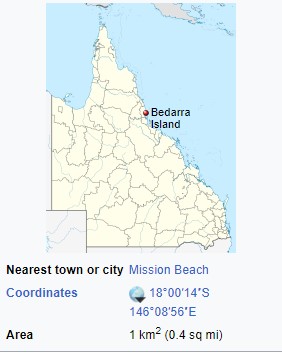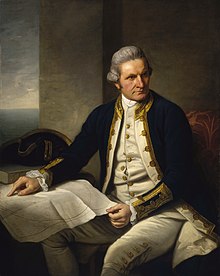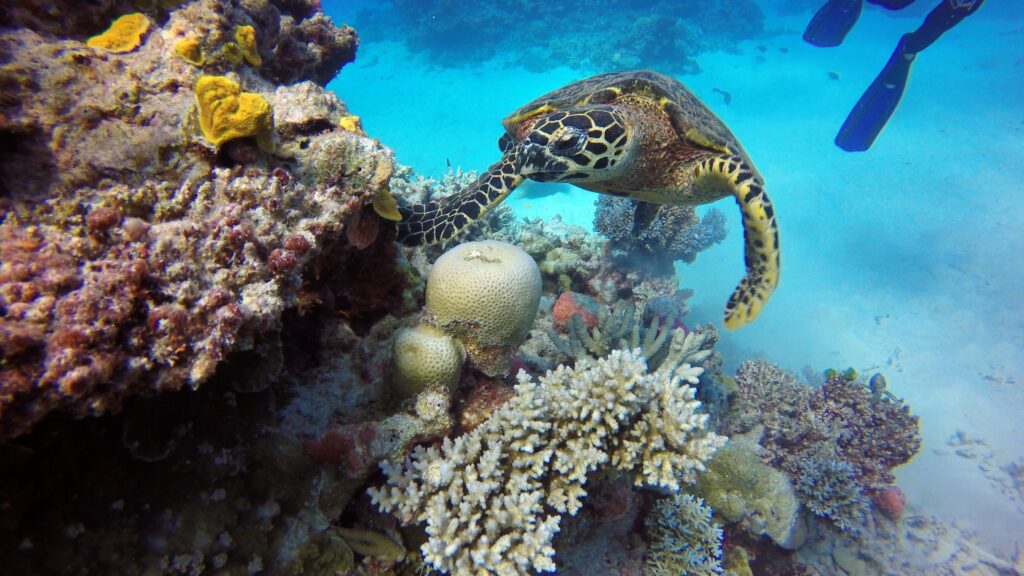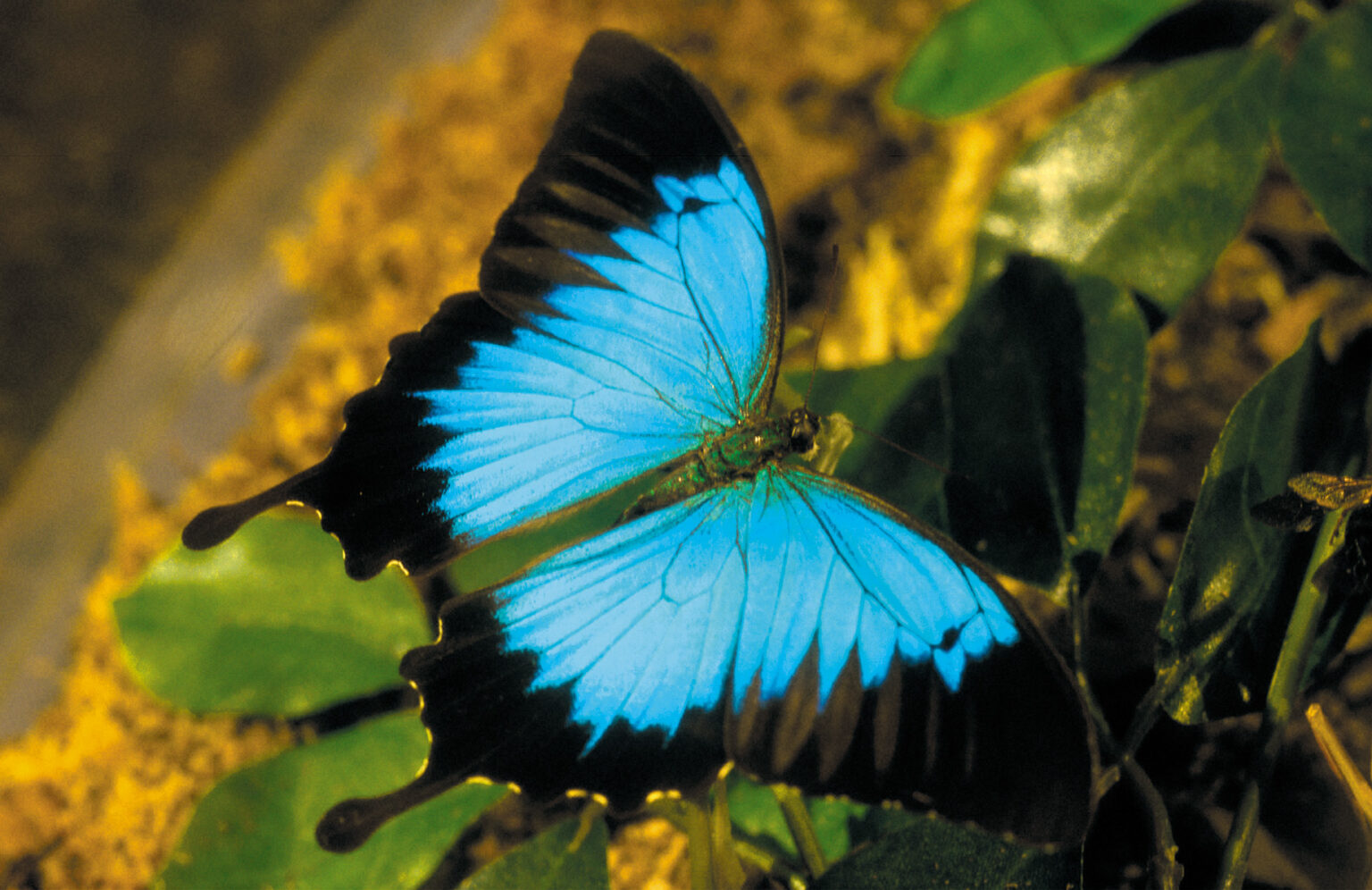Bedarra Island
Great Barrier Reef
About Bedarra Island
Bedarra Island is one of The Family Islands group within the locality of Dunk in the Cassowary Coast Region of Queensland Australia and within the Great Barrier Reef.
It is approximately 7 kilometers off the tropical North Queensland Coast and accessible by boat transfer. It is in the middle of the protected Family Islands National Park. It is in a marine conservation zone so the fish and coral are in fantastic condition.
The Island consists of large granite boulders, and boulder formations soaring rocky peaks and steep granite escarpments, with lush green jungle fringed with coconut palms. There is great diversity of bird and animal life on the island, with the property frequented by hummingbirds, honey eaters, sea eagles and more. The sea and corals are abundant with fish, turtles, dugongs and migrating whales with snorkeling straight off the beach.
The nearest town is Mission beach which is a comfortable 2 hours trip from Cairns Airport.
Bedarra Island is a granite island which was previously part of the mainland over 8000 years ago.
Location & Weather on Bedarra Island
The average temperature at Bedarra Island is a warm 29 degrees.
What you can expect at the different times of the year:
- September to November – the weather is usually clear and the reef is alive! This is when we have the best water clarity. Expect temperatures between 20 – 30 degrees.
- December to March – this is the tropical wet season, but don’t let that put you off! This is the warmest time of year between 23 – 32 degrees, and the water is deliciously warm. It is typically characterised by periods of flash rain followed by beaming sunshine, leads to warm wet days and cool nights.
- April to May – the rain has usually subsided, and the beaches are still warm from the summer heat. This time of year is perfect for exploring nature.
- June -to August – this is peak time on Bedarra Island. water clarity is generally good, the days are warm and the nights are cooler. This is also when you see migrating Humpback whales!
Stinger Season is generally between November to May each year, however in Doorila Bay the risk of marine stingers in generally low.

History of the Island
Captain James Cook first placed the ‘Family Isles’ on the map when exploring the coast of Australia in the Endeavour in June 1770. He named the larger “The Father Isle” or Dunk Island, after the First Lord of the Admiralty, Montagu Dunk, the Earl of Sandwich. The next largest island he called “The Mother Isle” which became known as Bedarra Island. The other islands he referred to as “The Children”.
Initially marine charts referred to Bedarra island as Richards Island then Allason Island after the first European settler, Captain Henry Allason. Early in the 20th century author Edmund James Banfield (E.J Banfield) who lived as a beachcomber on Dunk Island began using the name Bedarra, a misspelling of the Aboriginal term Biagurra which roughly translates to “the place of endless water”.
Captain Henry Allason, inspired by Banfields book Confessions of A Beachcomber,[4] purchased Bedarra from the Queensland Lands Department in 1913 for the paltry sum of 20 pounds. He and his wife settled there until he was forced to return to Europe when World War I broke out. When Allason on-sold the property to the Harris syndicate of London in 1934 it looked for a time like it might become a home for underprivileged boys.
The island is privately owned. Noel Wood, an Australian landscape artist, purchased East Bedarra in the late 1930s and over time it was developed into a luxury tourist destination.
*information sourced from Wikipedia

Great Barrier Reef
Bedarra Island is situated within the Great Barrier and is part of the Family Island Group.
The habitat around Bedarra Island is teeming with life, as it is a conservation zone.
Snorkelling is available directly off the beach’s for beginners and intermediate, snorkelers, or if your an advanced snorkeler we strongly recommend a trip out to the Brook Islands with Great Barrier Reef Safaris.

Flora and Fauna
There is a great diversity of animal and insect life in the wet tropical rainforest on Bedarra. The vibrant blue Ulysses butterfly, the Giant Birdwing butterfly, northern rainforest skink, Scrub Fowl, the Wompoo Fruit dove, Sun birds, tree frogs, geckos, forest dragons, tree monitors, pythons, and echidna have all made a habitat here.
Sea turtles and dugongs can be observed around Bedarra Island and recently Migaloo, the white Humpback whale, was spotted from a lookout engaged in its annual migration north (late June).[5]
The island has few mammals; the largest is the echidna and there is also the fawn footed melomys, a small native rodent named after Edmund James Banfield who first described it. This native, fruit-eating marsupial rat is called “Uromys banfieldi”.
Several species of bats and flying foxes are seen and heard at night. Unique to this area is the Little Bent Wing Bat, “Miniopterus Australis”. The tiny bat gets its name from its elongated finger bone that supports its wing. They are usually colonial in their roost behaviour, nesting in caves, crevices, and sometimes roof ceilings of the open-plan houses on the island.
The most easily observed bird life in the rainforest, are the large mound builders – the orange footed scrub fowl.
*information sourced from Wikipedia

An Artists Paradise
The Island is frequented by Artists and still continues to be to this day, but the most famous of all is Noel Wood. At his eulogy it was said:
“He wasn’t an ordinary person, Noel. He was very kind to people, very sweet. But he never really loved a person, or an animal. What he really loved was his island and his painting”
Australian artist Noel Wood (1912–2001) visited the island in 1936 and negotiated the purchase of a site near the mangroves on one side of the peninsula. He was a colourful modernist, landscape artist and early conservationist managed the property and painted at East Bedarra for close to 60-years. Noel Wood named many of its picturesque locations including Melaleuca Beach, The Mangroves, Calophyllum Beach, Casurina Beach, Valley Beach, Orchid Beach, Tiki Beach and Hernandia Bay. This is confirmed by author James Porter[8] a direct relative of Wood. Wood also named the Coral Gardens as a reference to Banfield’s memories of Dunk Island in “Confessions of a Beachcomber”.
Public collections of Wood’s works are held throughout Australia and form part of private collections in the UK and US. Although he worked in Ireland, Britain and Europe in the late 1940s and was in the US in the 1950s he always returned to his East Bedarra studio and gardens. He was a permanent resident from 1936 to 1947 and from 1957 to 2001. Wood lived on the island until 1993 when his parcel of land was subdivided. Eight privately owned houses are located on this section of Bedarra Island.
*Information from Wikipedia
